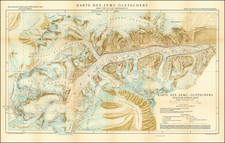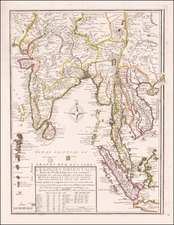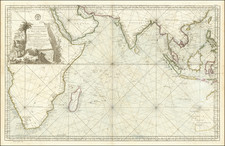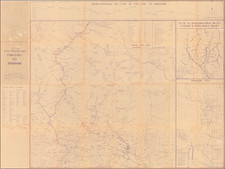Fine early fiew of Negombo, Sri Lanka, published shortly after the completion of the Dutch Fort in 1672.
The view appeared in the 1672 German edition of Baldaeus' 'N
auwkeurige beschrijving Malabar en Choromandel, derz. aangrenzend rijken, en het machtige eiland Ceylon.' (Description of the East Indian Countries of Malabar, Coromandel, Ceylon, etc.), printed in Amsterdam by Jacob van Velsen and published by Johannes Janssonius van Waesbergen en Johannes van Someren.
Philip Baldaeus (1632-1672) was a Dutch minister. He went to Jaffna, Ceylon with an invading Dutch force during 17th century. As the first European he documented the life, language and culture of Tamil people, living in the north of the island.
Negombo
Nebombo was a strategic cinnamon port dating back to before the 16th century, historically controlled by the Moors.
Landing in the early 1500s, the Portuguese ousted the Moors, constructed a fort in Negombo, and took over the trade of cinnamon to the west. During the Portuguese occupation, the Karawa (traditional fishing clan of Negombo) embraced Catholicism almost without exception. So successfully were they converted that today Negombo is sometimes known as 'Little Rome' and nearly two thirds of its population profess the Catholic faith.
The Portuguese restructured the traditional production and management of cinnamon and maintained their control over the trade for more than a century. The decline of their power began in the 1630s when warfare between the Portuguese and the Kingdom of Kandy reached a stalemate. The King of Kandy turned to the Dutch for help. The Dutch captured Negombo from the Portuguese in 1646 and negotiated an armistice with Portugal for ten years. During this period the King of Kandy sought to provoke conflict between the nations by passing through the territories of the one to attack the other. On one occasion he captured the fort of Negombo and sent the head of the Dutch commander Adrian Vander Stell to his countrymen in Galle. Although the Dutch managed to regain control of Negombo from the King by diplomatic means, hostilities continued. In particular, the disruption of the cinnamon trade was a favourite method of the King to harass the Dutch.
The legacy of the Dutch colonial era can be seen in the Negombo fort, constructed in 1672, as well as in other Dutch buildings, churches and the extensive canal system that runs from Colombo in the south, through Negombo to Puttalam in the north.









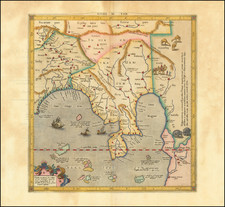
![[ Tibet / Nepal / Himalyas ] Carte von Tibet nach den neuesten Nachrichten entworfen 1790](https://storage.googleapis.com/raremaps/img/small/86165.jpg)
